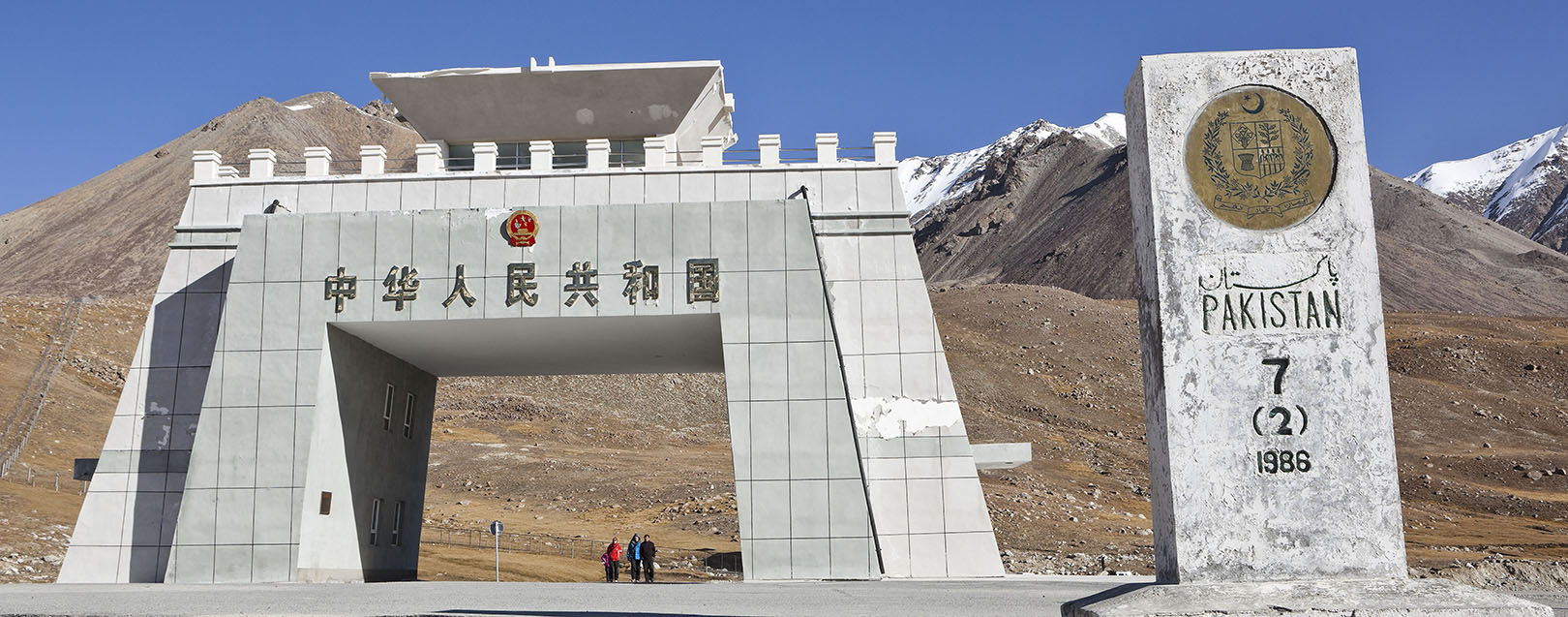
China’s OBOR invite; India to remain in wait and watch mode
Deepak Kumar
China has once again expressed its interest in inviting India to join its ambitious One-Belt-One-Road (OBOR) connectivity project, envisaged to connect Asia with Europe and Africa through a network of rail routes, highways, gas and oil pipeline and other mega connectivity projects. India, however, remains wary of this regional and cross-continental connectivity project, especially since the project includes China-Pakistan-Economic-Corridor (CPEC) running through disputed PoK, and the possibility of playing second fiddle to the Chinese in the latter’s infrastructural projects.
Apart from the contentious CPEC project, which India claims it challenges its sovereignty, China’s successful underlying of the OBOR project will hurt India more. If India does become a part of this mega project, then it may just become a subordinate to China, while also giving the Chinese access to the western and the eastern reaches of the Indian Ocean and potentially the western part of India; the equations which India plans to avoid at all costs.
Beijing is hosting a conference on the OBOR in China. It has urged India to participate in the conference and together explore the opportunities to work on the ambitious OBOR project.
Recently, a Pakistani official urged India to join the CPEC project. China also said it maintains an open attitude at India joining the CPEC.
OBOR originates from Xian in China, and stretches to Central Asia, Iran, through Moscow in Russia, Rotterdam in the Netherland, Venice in Italy, Piraeus in Greece, Mombasa in East Africa, before entering again into the Asian continent in Colombo in Sri Lanka, Kolkata in India, Jakarta in Indonesia, and finally terminating in Fuzhou in China.
OBOR, once developed, will economically stimulate 65 countries, 4.4 billion people and almost 40%of the world’s GDP. China has already established a $40 billion New Silk Road Fund to encourage private investment along OBOR. Asia Infrastructure Investment Bank (AIIB) is also expected to support this project, with its economic share of $100 billion. China Development Bank has also said it would fund $900 billion to facilitate investments in the OBOR.
The OBOR has several loops and branches, one of which goes through Mongolia and links up with the other one on the trans-Siberian railway. The Gwadar port in Pakistan is one of the connectivity points where the road and the belt connect, which has kept away the Indian interest to join the project. Furthermore, India feels China’s strategy to expand its outreach in the strategic Indian Ocean and Central Asia is a calculated manoeuvre to encircle India.
According to India, sooner or later, it has plans to carve out a cross-continental connectivity project though the western and the eastern parts of the Indian Ocean, sub-continental landmass, and south of Eurasia. If India does undertake such a project, which the experts have said it will, then India will have to deal with the two paramount challenges; its presence in the OBOR and the Chinese presence in the region. Currently, India neither possesses economic strength nor the political will to undertake such a gigantic project. Therefore, a wait and watch strategy seems to be in India’s vital interests.





